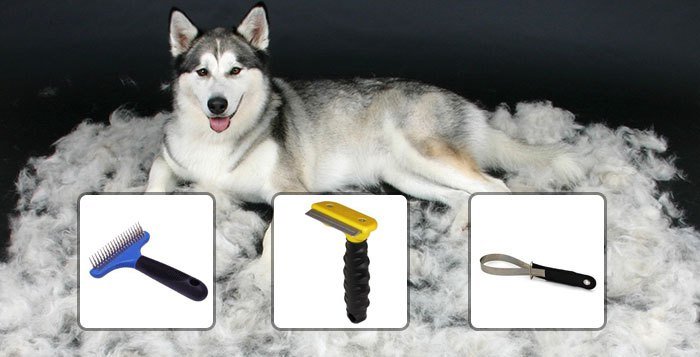Grooming tips for dogs. Grooming sessions can create a special bonding time between you and your dog. Also, this is a good opportunity to check on your dog’s health. Look carefully for signs of fleas, ticks, skin irritations, lumps ore sore spots. Check your dog’s ears, eyes and teeth regularly and talk to your vet about any unusual findings.
Grooming tips and tricks.
Regular grooming program
Long hair dogs need to be groomed daily, while shorthaired breeds may only need one per week. Pick a time when your dog is relaxed, such as after walking, and when you have sufficient time. Then grooming will be a pleasurable experience for both you and your baby.
Get your puppy accustomed to grooming early in life. Begin gradually by handling your puppy often, touching its ears paws gently.
Start with short grooming seasons and reassure your puppy constantly.
Learn where your dog likes to be combed and brushed – some areas may be more sensitive than others. Find that special spot your dog likes the most and grooming will soon become a special treat for your dog!
Combing
Regular brushing and combing will remove loose or matted hair and helps keep the skin free of diseases and parasites such as fleas.
Natural oils will be more evenly distributed to give your dog a nice shiny coat. Comb in the direction of hair growth to remove tangles.
- Fine-Toothed combs are used for soft, thin or silky coats, medium-toothed combs are used for normal coats and wide-toothed combs are best for heavy and thick coats.
- Flea combs are fine to remove parasites and flea dirt from the coat and may also be used to comb the hair around the eyes.
- Rakes are ideal for removing dead undercoat hair in larger dogs with coarser and thicker coats, like the Golden Retriever or German Shepherd.
Brushing
Brush in the direction of hair growth, beginning at the head, and work towards the tail and down the legs. Brushing removes loose hair and daily brushing of longhaired and double-coated dogs removes dead hair from the undercoat to help prevent matting.
- Slicker brushes are ideal for this purpose but are also good generally brush for all breed if used lightly.
- Pin brushes, with rounded tips to prevent damage to the skin, are good for dogs with long, fine hair such as Silky Terriers. They can also be used to fluff the coat by brushing against the direction of hair growth.
- Bristle brushes are good for dogs with very long coats, such as the Afghan Hound, and help add shine to the short coat.
- Grooming mitts are also good for shorthaired breeds to add polish and shine once the loose hairs are removed.
Clipping your dog’s nails
Keep your dog’s nails regularly trimmed by using nail clippers designed for dogs. Only clip the tip of each nail, being careful to stop short of the quick where the blood vessels are. Ask your vet to show you the right techniques during first times, especially if your dog has dark nails.
Giving your dog a bath
Bath your dog as necessary with shampoos formulated for dogs only. Frequency depends on the breed of your dog and whether you are using a generally shampoo, a medicated shampoo for skin conditions or a flea shampoo or rinse.

Do you apply any of these grooming tips with your pets?
Buy the best grooming tools at dogs101.shop



